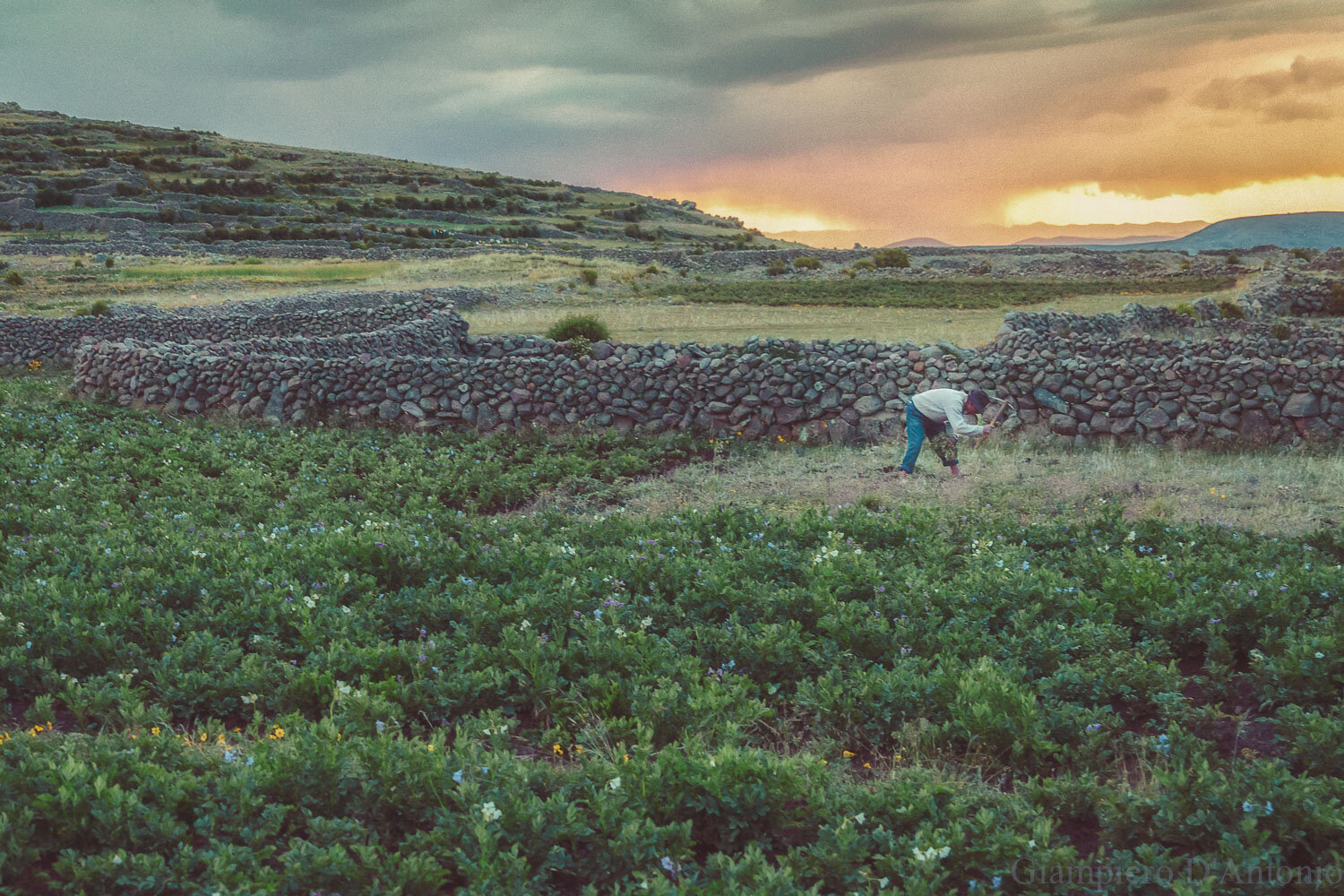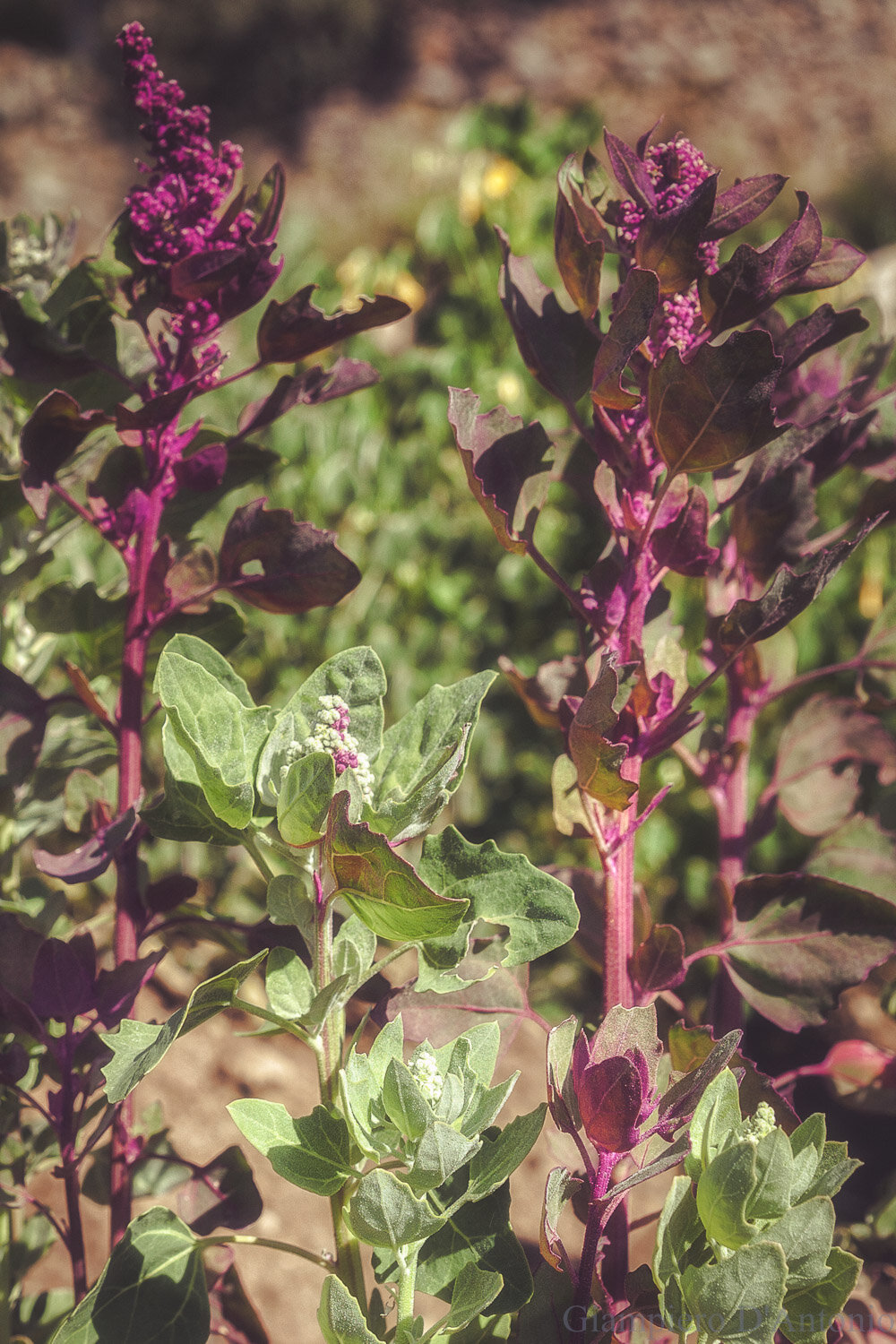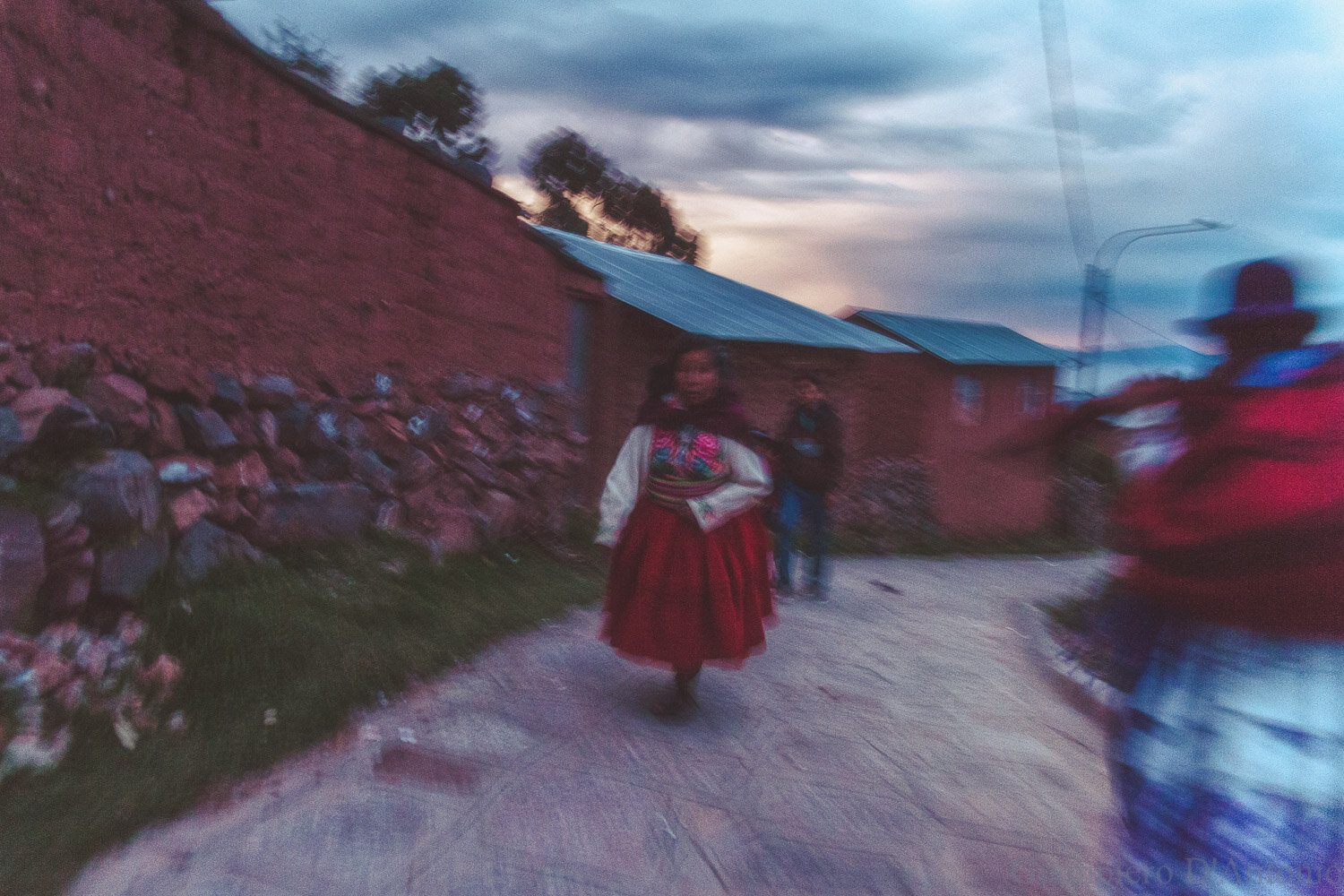At the first light of dawn the smell of coffee intoxicates the air of the whole house, while outside the humidity of the night still pervades the air making it pleasantly sparkling, Stella, a little white Lagotto, inside her own " house ” is there waiting quivering and the call arrives on time as every autumn morning.
We are in the heart of the central Apennines and more precisely in a small, enchanting Abruzzo valley, ready to go hunting for the King, the Tuber Magnatum Pico or more simply the White Truffle.
The typical day of a truffle hunter starts very early in the morning and after a fleeting breakfast, the dog is loaded into the car and heads to what the hunter considers places worth exploring, places kept secret even by the most trusted friends.
After a few minutes of driving, we arrived at one of these places and Stella, always eager to start, anxiously awaits the opening of the tailgate to finally be able to start her favorite game, the treasure hunt.
On these autumn mornings going to the woods gives unique emotions: the leaves of the trees are tinged with yellow, red and orange and nature is full of magic and beauty, you can admire the foliage, the phenomenon for which plants they are coloured and the landscapes are transformed into a coloured palette.
The carpet of multicoloured leaves, which covers the ground, caressed by the morning dew, is a delight for the eyes and the soul.
The scents of the forest are more intense and warm, the scent of mushrooms, which grow luxuriantly, alone or in families in the shade of chestnut and oak trees, the smell of moss which, with its intense green color enriches the color palette autumn in the undergrowth and then there are chestnuts, https://www.gpourplanet.com/blog/2020/12/1/the-chestnut-queen-of-the-apennines, undisputed queens of this area.
It is within this romantic canvas that the search for the Tuber Magnatum takes place, a magical place, which seems to escape our human understanding, with its slow times, marked by long pauses, interrupted only by the sounds of Nature, the chirping of the birds, the sound of the streams, the light breath of the morning breeze; spectators of a unique show.
The relationship between the two interpreters of this story, Stella and Peppe, is deeply empathetic. The two have a dense and close dialogue and beyond words, they speak with gestures and looks. Often the dog advances running, anticipating the human steps that advance in the damp and leafy ground; he turns back, struggles, but never loses sight of his companion. They never go away, like precious gifts for each other.
Intrigued by the scent that comes from the ground, crosses the leaves, Stella begins to compulsively dig, waiting for the arrival of the companion which in turn, begins to dig around the truffle, first with his bare hands and then with the Vanghino, always with delicacy and decision, until he frees him.
Peppe, with dirty hands cuddles Stella for the excellent work, caressing her and offering her biscuits, a ritual that is repeated every time a truffle is found.
Truffles grow a few inches down in the earth, in symbiosis with the roots of hardwood trees like oaks, chestnut, hazelnut and hornbeam.
The research goes on for most of the morning, “beating” different places, most of the times bristly and thorny, but always with the enthralling enthusiasm of Stella that animates this game.
The white truffle must awaken something primal in those who eat it, the Truffles are the true fruit of the earth, more rare and precious than any other edible root, tuber or mushroom. There is no other flavour like them on earth, which is perhaps why they are so often described as heavenly.
Definitely, tasting the white truffle on a delicious dish is an unforgettable experience but, looking for it is simply a unique experience.





















































